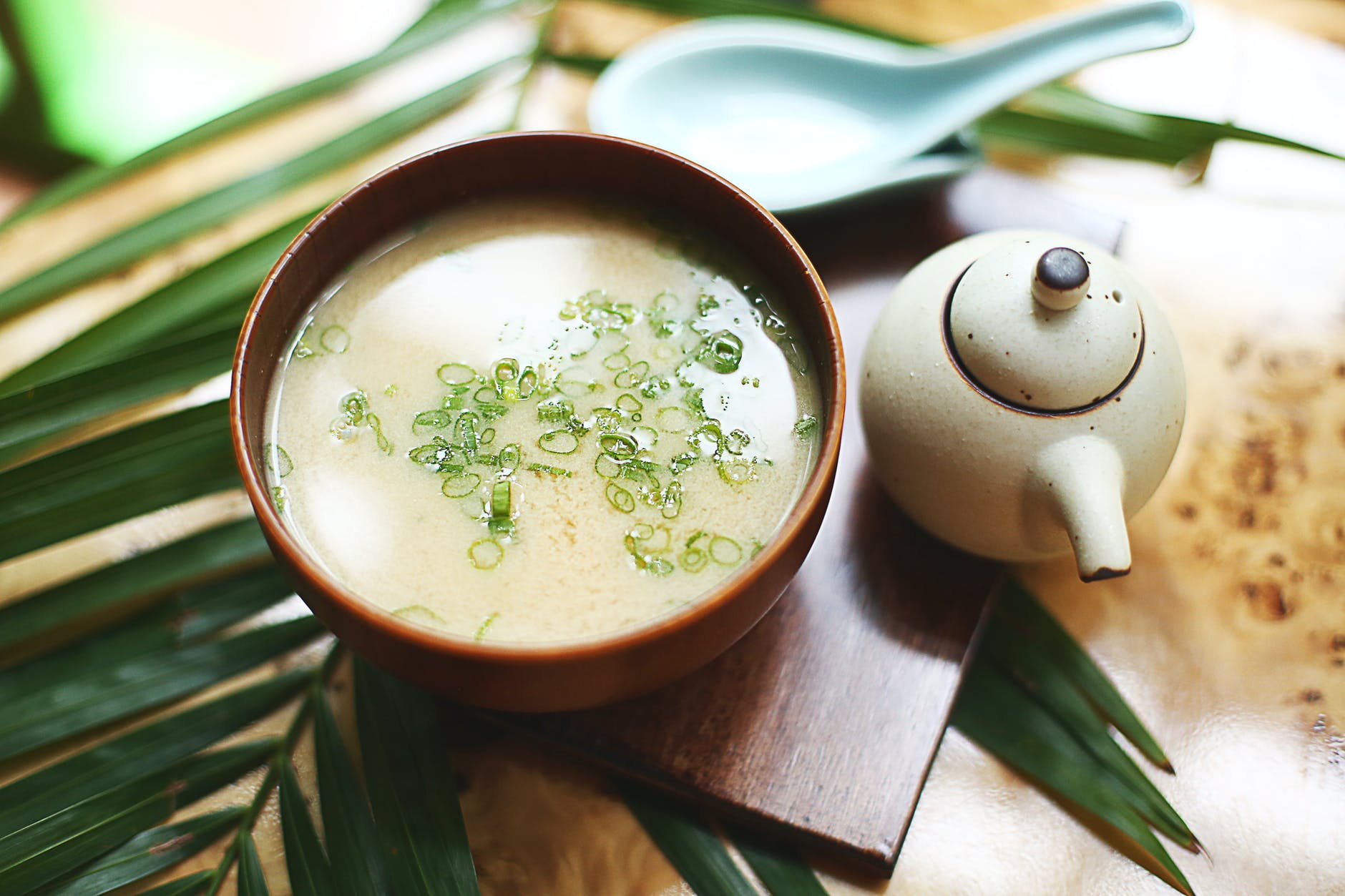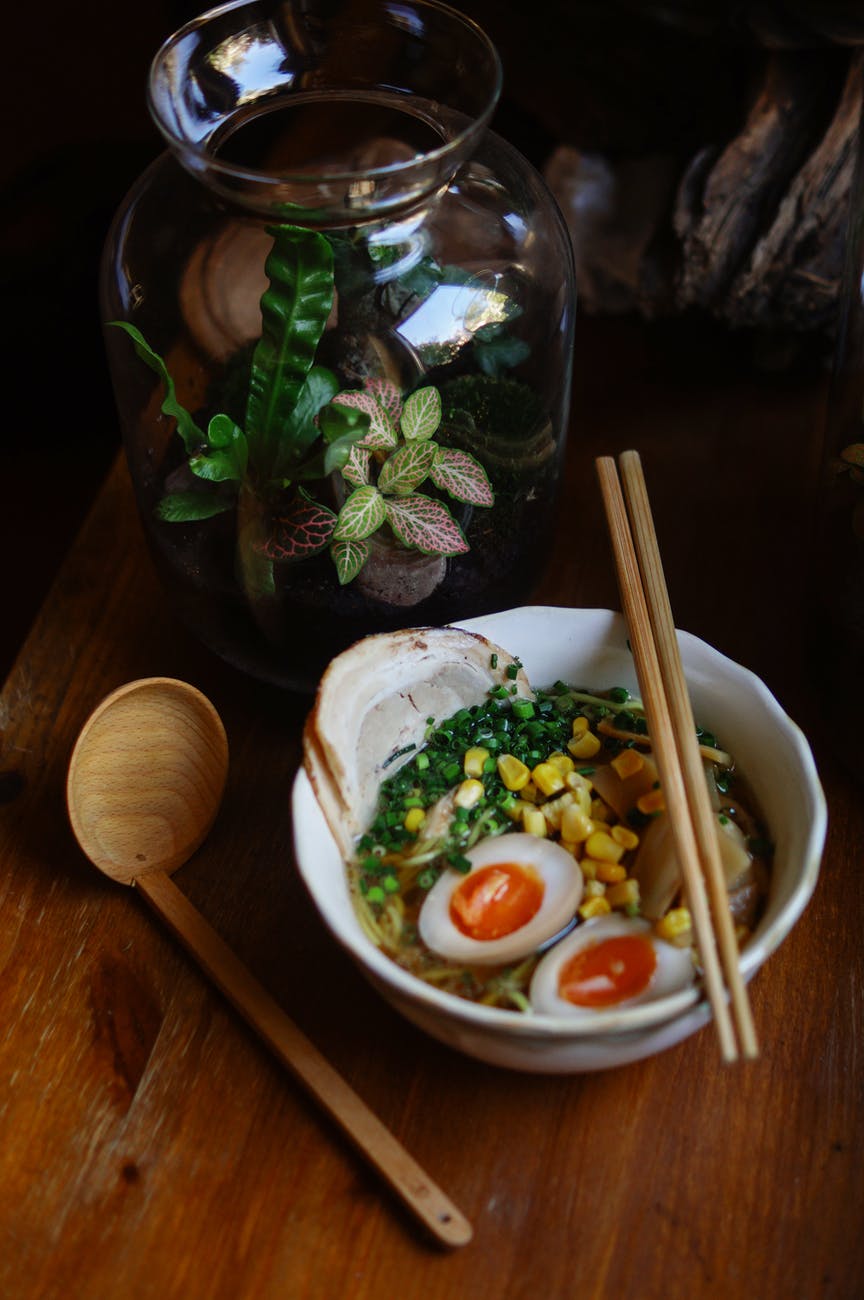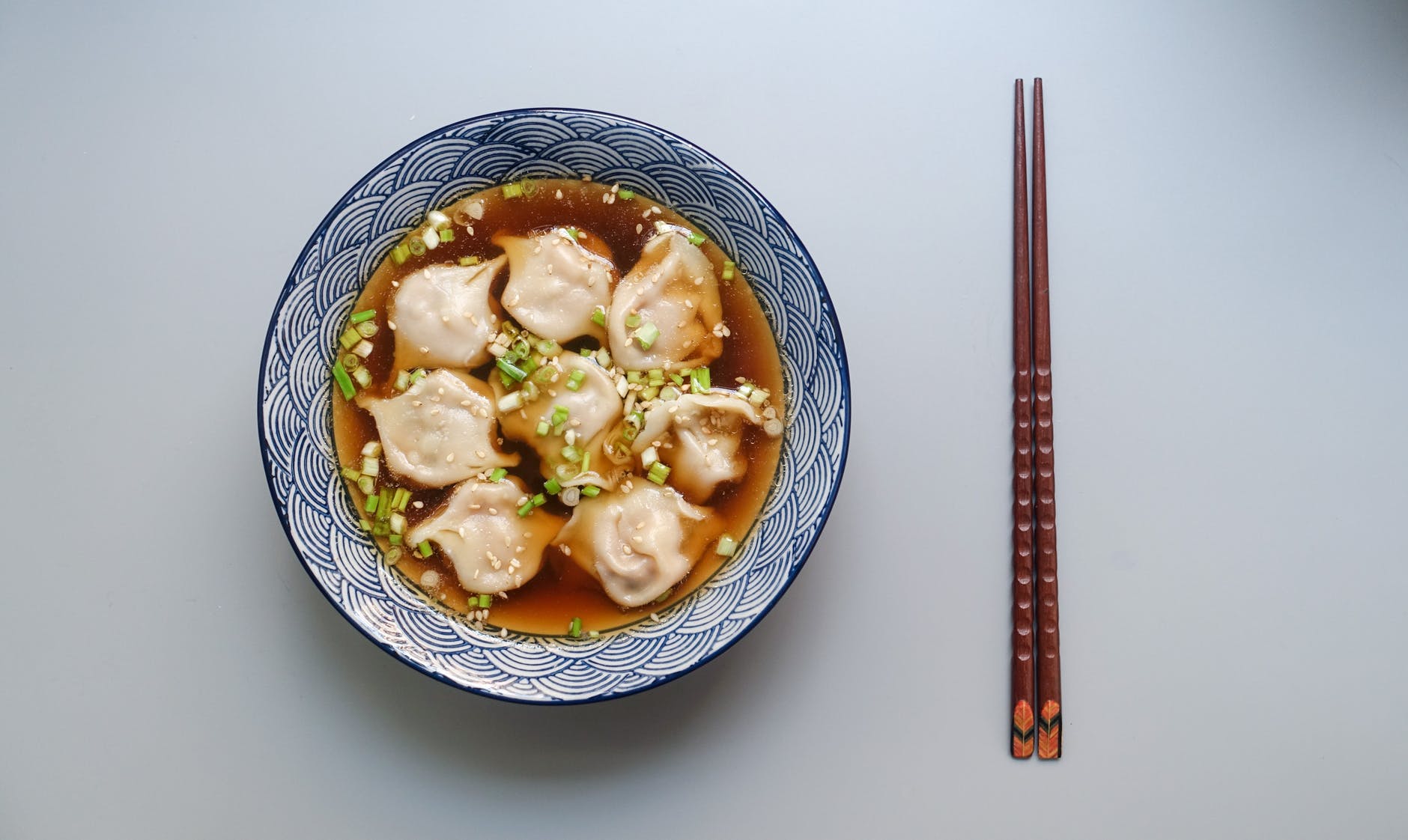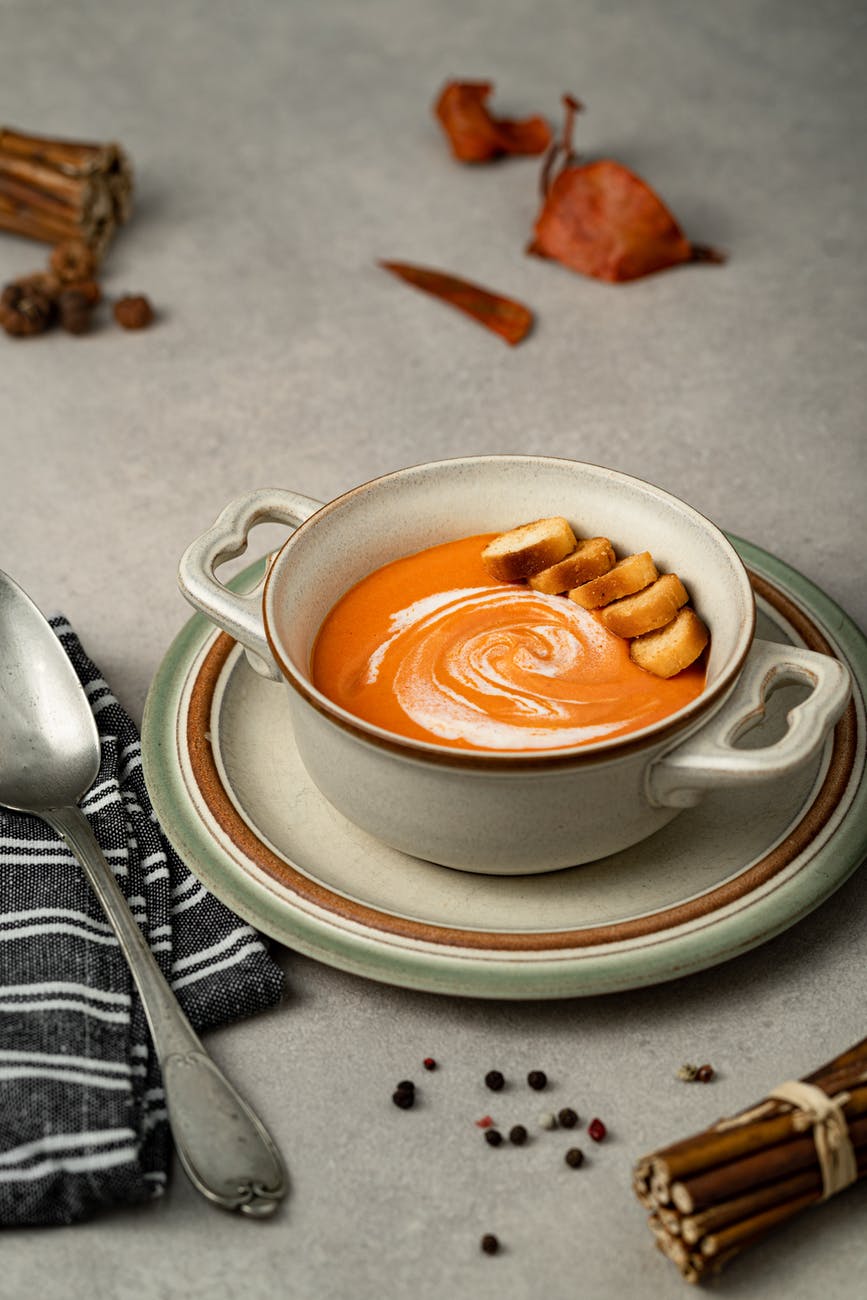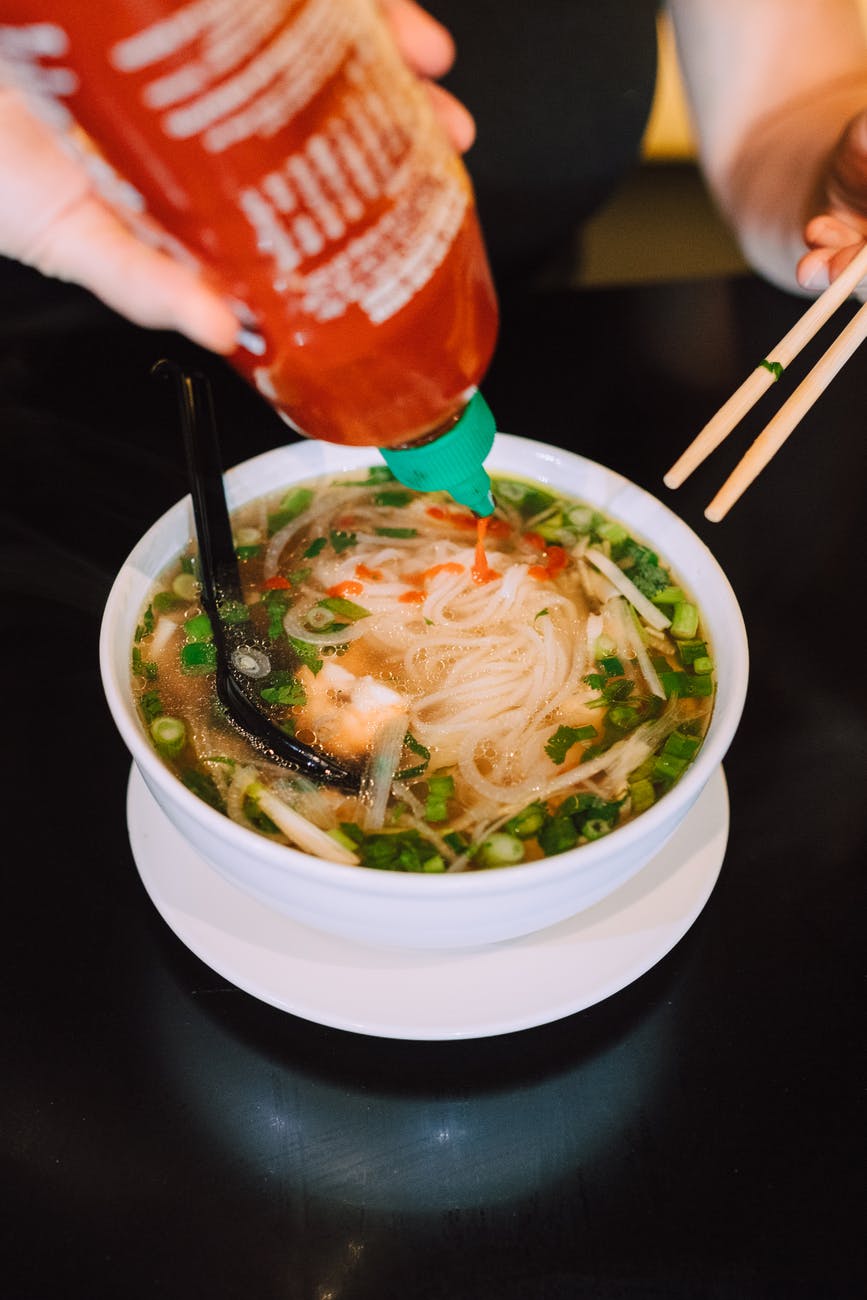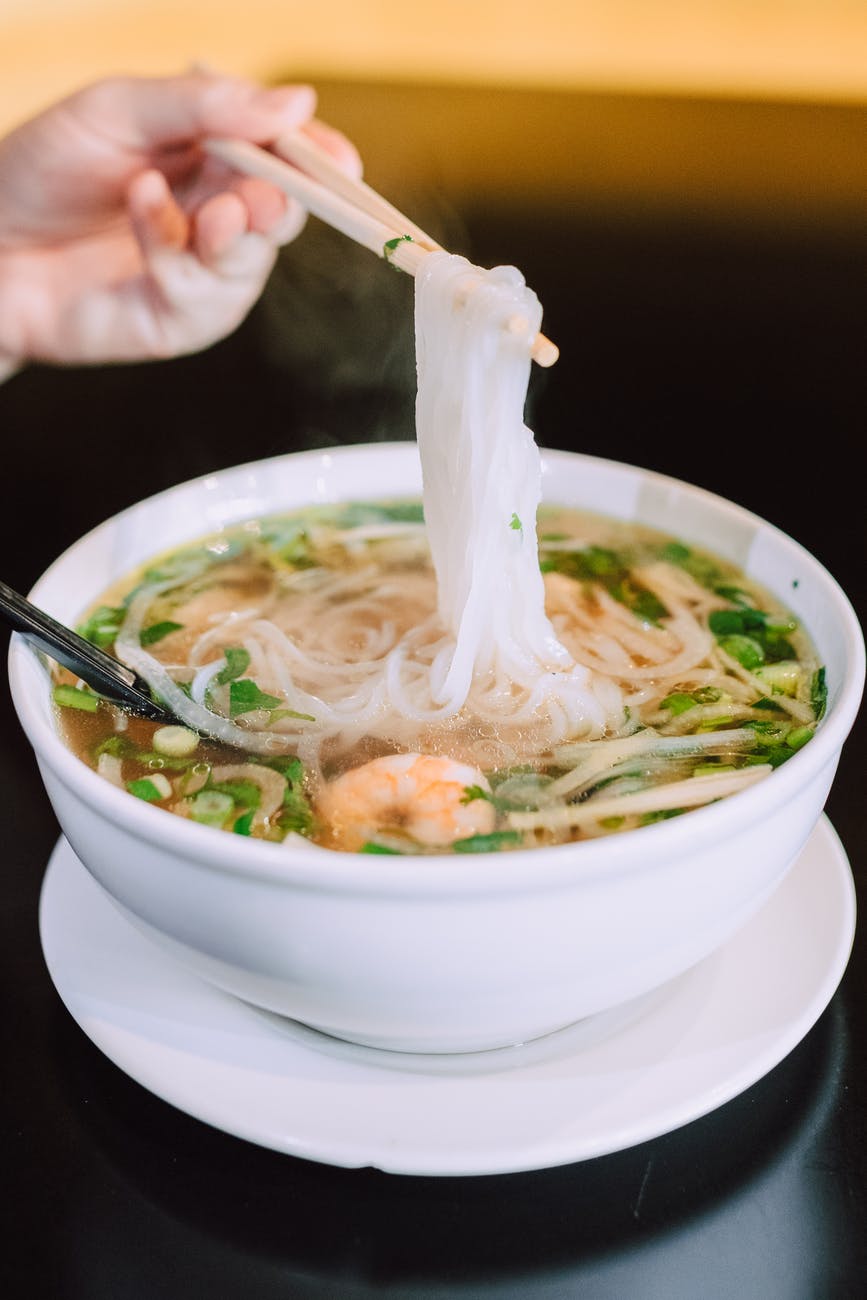Have you ever happened to come across Japanese cuisine? Did you wonder what makes this mysterious cuisine so rich and how all the elements synchronize to produce an exquisite meal?
Miso soup is one such dish that is the highlight of Japanese cuisine. It comes in many variations and flavors that go with the requirement of the meal one prefers. It is impossible for people who have the privilege of tasting and experiencing these dishes to miss out on the miso soup.
What is Miso?
Miso is formed with the help of the fermentation of rice, soybeans, wheat, and grain together with salt until it takes a thick texture. These core ingredients remain constant, but the potion and quality act as a game-changer for different kinds of miso. Despite using the same elements, miso turns out differently depending upon the variation in the amount used.
This traditional soup requires dashi stock to be mixed with miso paste to construct miso soup. It can vary depending on the seasonal and regional recipes available, giving it a different taste twist.
It varies in the color that builds from pale brown to brownish red, indicating how strong and well fermented the broth is. These variations can be categorized into three major types: White miso, Red miso, and Yellow miso.
Following are the three main types of Miso soups and how each differs from one another.
Red Miso soup
The Japanese term for red miso is “aka miso,” and as the name suggests, it has strong hues of red and a mixture of reddish-brown. A two-step fermentation process is required to form the paste. Initially, Aspergillus sojae fungus, also known as Koji mold, is blended with grains for miso production to take place.
Koji is then combined with water, soybeans, and salt to further regulate the fermentation process to release the effect of lactic acid that takes up to three years.
This red miso paste is mixed with dashi stock to cook the traditional red miso soup. It is recommended to cook miso soup on low heat, so the probiotics are not eliminated from the miso paste that are beneficial to health.
Compared to other misos, it is salty in nature with moderate bitterness and a strong flavor that enhances the meal.
Yellow miso
The Japanese term for yellow miso is “Shinshu Miso,” with hues ranging from golden yellow to light brown. Its fermentation process is not as time-consuming as red miso as it only requires a year to ferment.
Soybeans and a small amount of rice are fermented together, producing an earthly basic flavor that is sweeter than saltier. Yellow miso is more fermented, whereas red miso has a stronger flavor.
Shinshu miso soup is lighter on the stomach and warms you up for the food to come. It is highly beneficial to health as it contains many nutrients that help the immune system work well.
White Miso
The Japanese term for white miso is “Shiro miso,” whose origination took place in Kyoto. White miso is the most familiar kind of miso that is well known and widely produced all over the world.
It has a soft umami flavor that deepens the meaty and exquisite deliciousness with nutty sweetness like no other miso. Comparatively, it’s the lightest and sweetest miso among all other kinds.
It consists of the lowest portion of soybeans, so the fermentation process requires only a few weeks. It turns out beige in color, indicating that it is not as strong as the reddish-brown miso and is relatively lighter.
Shiro miso soup can be formed by blending dashi stock with the white miso that can be used for noodle soup like Ramen.
How to store Miso?
It can be enjoyed and stored for later, so in order to conserve its freshness, store it in a tightly wrapped container in the refrigerator. Also, try to buy organic miso to avoid the mixture of additives.
Lighter miso can last for 8 to 9 months, and stronger miso can be edible and fresh for a year.
Difference between Red, Yellow and White Miso
There are various kinds of misos, but all have been summarized down into three categories; Red, Yellow and White misos. They have been distinguished based on their colors, taste, and how they have aged.
Flavor
White miso happens to be the sweetest among the rest, whereas yellow miso has an earthy, more acidic flavor depending upon the time required for its fermentation.
On the other hand, red miso has a sharp and strong flavor, and the saltiness it contains can overcome any other flavor that has been added. It is the most dominant flavor in comparison to others.
Color
Red miso color ranges from light to a deeper brownish red. White miso is either white or grey in appearance, whereas yellow miso has a basic yellow or light brown color.
Colors also indicate how long the fermentation took place, their aging period time, and the strong taste of the paste. The more intense the color, the longer it has been fermented and has a strong flavor.
Amount of ingredients
White miso takes up a larger proportion of rice, and a small number of soybeans for the fermentation process, whereas red miso has a higher ratio of soybeans and a small number of grains, making it stronger.
Variation in the amount of ingredients used makes the miso stronger or lighter depending upon the time it has been aged.
Benefits of consuming Miso
It is rich in nutrients and vitamins B, E, and K. This diet provides exceptional protein, copper, and zinc. It is a whole package for staying healthy.
Since it is a fermented dish, it releases healthy bacteria for the immune system and gut health. It subsides and regulates digestion and absorption of nutrients.
Adding soy products to your meal can be yet another way to subside the risk of suffering from cardiovascular disease and act as a source of minerals and vitamins.
Conclusion
Miso is a traditional delicacy of Japanese cuisine that can be consumed in the form of soups, dressing, and marination. Miso soup varies depending upon the regional and seasonal recipes; therefore, it is further broken down into three main categories widely used: red, yellow, and white.
The core ingredients are the same for all three, but it differs depending on the time used for fermentation, how it has aged and the proportion of ingredients used.
Colors are the indicator of how strong and well fermented the miso is. Lighter color indicates mild broth, whereas stronger color indicates an assertive flavor.
Also, this exquisite dish is rich in nutrients and minerals that help maintain a healthy lifestyle.

